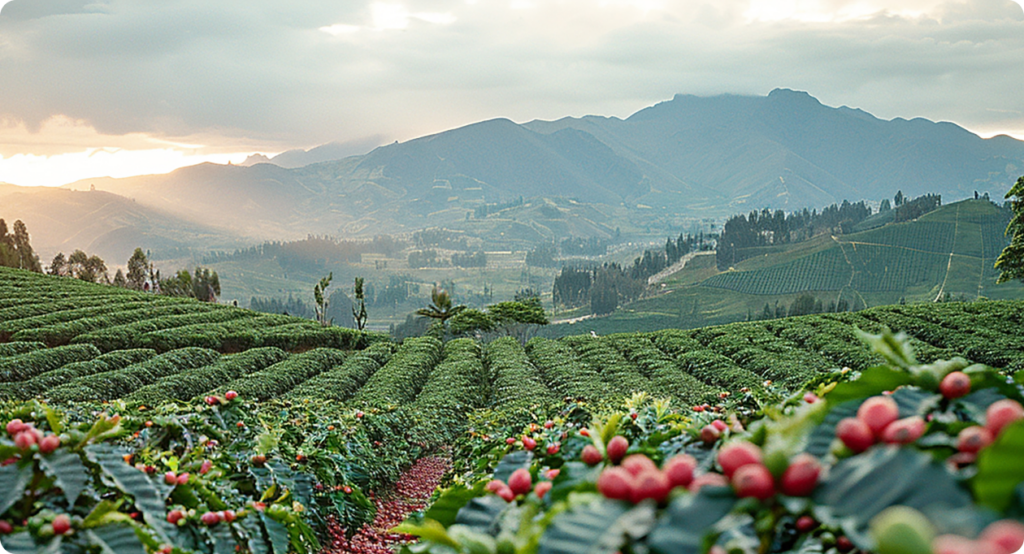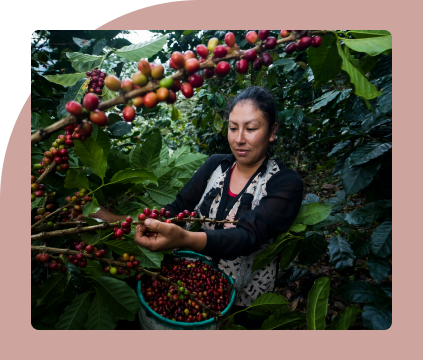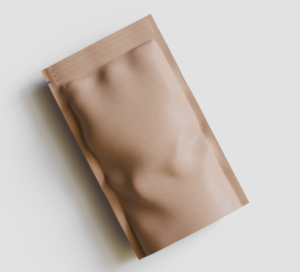The Art of Coffee Farming

Coffee farming is a meticulous and labor-intensive process that spans several years and requires a deep connection to the land. The journey from coffee seed to the cup is fascinating, with each step influencing the final flavor of the brew. In this article, we’ll explore the stages of coffee farming, from planting the seeds to preparing the beans for roasting, and how farmers ensure that the beans you enjoy are of the highest quality.
The Coffee Plant: Starting from Seed
Coffee farming begins with the careful selection of seeds, primarily from the Coffea Arabica and Coffea Robusta species. Arabica beans are valued for their complex flavors, while Robusta beans are known for their higher caffeine content and bold taste. Seeds are first nurtured in nurseries for 6–12 months before being transplanted to the fields, where they grow best in tropical climates with moderate temperatures, ample rainfall, and rich soil, particularly in higher altitudes.


Growing Conditions: The Importance of Climate
Coffee farming begins with the careful selection of seeds, primarily from the Coffea Arabica and Coffea Robusta species. Arabica beans are valued for their complex flavors, while Robusta beans are known for their higher caffeine content and bold taste. Seeds are first nurtured in nurseries for 6–12 months before being transplanted to the fields, where they grow best in tropical climates with moderate temperatures, ample rainfall, and rich soil, particularly in higher altitudes.
Processing the Coffee Beans
Coffee farming begins with the careful selection of seeds, primarily from the Coffea Arabica and Coffea Robusta species. Arabica beans are valued for their complex flavors, while Robusta beans are known for their higher caffeine content and bold taste. Seeds are first nurtured in nurseries for 6–12 months before being transplanted to the fields, where they grow best in tropical climates with moderate temperatures, ample rainfall, and rich soil, particularly in higher altitudes.
- Washed (Wet) process: Beans are fermented and rinsed, producing a clean, crisp taste.
- Natural (Dry) process: Cherries are dried whole, creating sweeter, fruitier beans.
- Honey process: Partially pulped cherries are dried, balancing sweetness and acidity.

Drying and Milling: Preparing for Export
After processing, the beans (still covered in a parchment layer) are spread out to dry. Drying can take several weeks, depending on the method used and the climate. Once the beans reach the right moisture level, they are hulled to remove the parchment layer and graded for quality. Defective beans are discarded, while the best beans are packed for export. At this stage, coffee is referred to as “green coffee,” which is how it is sold to roasters around the world. Green coffee can be stored for several months without significant degradation, allowing it to be shipped to different countries and roasted close to the point of sale for maximum freshness.
Each step in coffee farming, from growing and harvesting to processing and roasting, is essential in producing the rich flavors and aromas coffee lovers enjoy. The dedication and expertise of farmers ensure that only the finest beans make their way to our cups, making coffee farming not just a science but an art.



